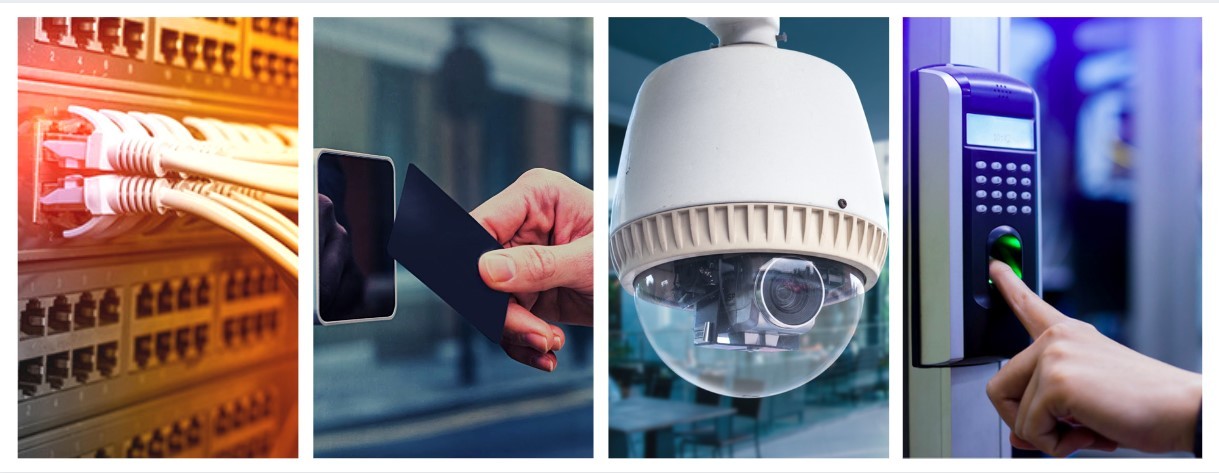What Is CCTV
\
“CCTV” stands for Closed-Circuit Television, while “ELV” refers to extra-low Low Voltage. These two terms are often related in the context of security systems and technology infrastructure.
- CCTV (Closed-Circuit Television): CCTV is a system where video cameras are strategically placed to capture and transmit signals to a specific set of monitors or recording devices. It is commonly used for surveillance and security purposes, allowing for monitoring and recording activities in a designated area. CCTV systems are employed in various settings, including public spaces, commercial establishments, and residential properties, to enhance safety and security.
- ELV (Extra Low Voltage): ELV refers to a category of electrical systems that operate at voltages lower than 50 volts alternating current (VAC) or 120 volts direct current (VDC). ELV systems are commonly associated with technologies like CCTV, access control, fire alarm systems, and other electronic systems used in buildings. These systems operate at lower voltages to minimize the risk of electrical shock, making them safer for both users and equipment.
Let’s explore examples of items related to CCTV and ELV systems:
- CCTV (Closed-Circuit Television):
- Cameras: High-definition surveillance cameras capturing video footage.
- DVR (Digital Video Recorder): Device for recording and storing video from CCTV cameras.
- NVR (Network Video Recorder): Similar to DVR but uses a network to store video data.
- Monitors: Displays used for live monitoring of CCTV footage.
- Cabling: Wiring infrastructure for connecting cameras, recorders, and monitors.
- Power Supplies: Sources providing power to the CCTV cameras.
- ELV (Extra Low Voltage):
- Access Control Systems: Keycards, biometric scanners, or electronic fobs for secure entry.
- Fire Alarm Systems: Smoke detectors, heat sensors, and alarm panels for fire detection.
- Intrusion Detection Systems: Sensors and alarms to detect unauthorized entry.
- Intercom Systems: Communication devices for secure entry points.
- Structured Cabling: Network infrastructure supporting various ELV systems.
- Power over Ethernet (PoE) Switches: Devices enabling the transmission of power and data over a single network cable.
These examples illustrate the components and devices associated with both CCTV and ELV systems, showcasing their importance in building a comprehensive security and technology infrastructure. Integrating these systems allows for a unified approach to safety, monitoring, and access control in various environments.
In the context of security and technology integration, ELV encompasses various systems, and CCTV is often a key component. ELV solutions, including CCTV, contribute to creating comprehensive and efficient security infrastructures in both commercial and residential settings. Integrating ELV technologies, such as CCTV, provides a holistic approach to security, leveraging advanced electronic systems for enhanced monitoring, control, and safety.




